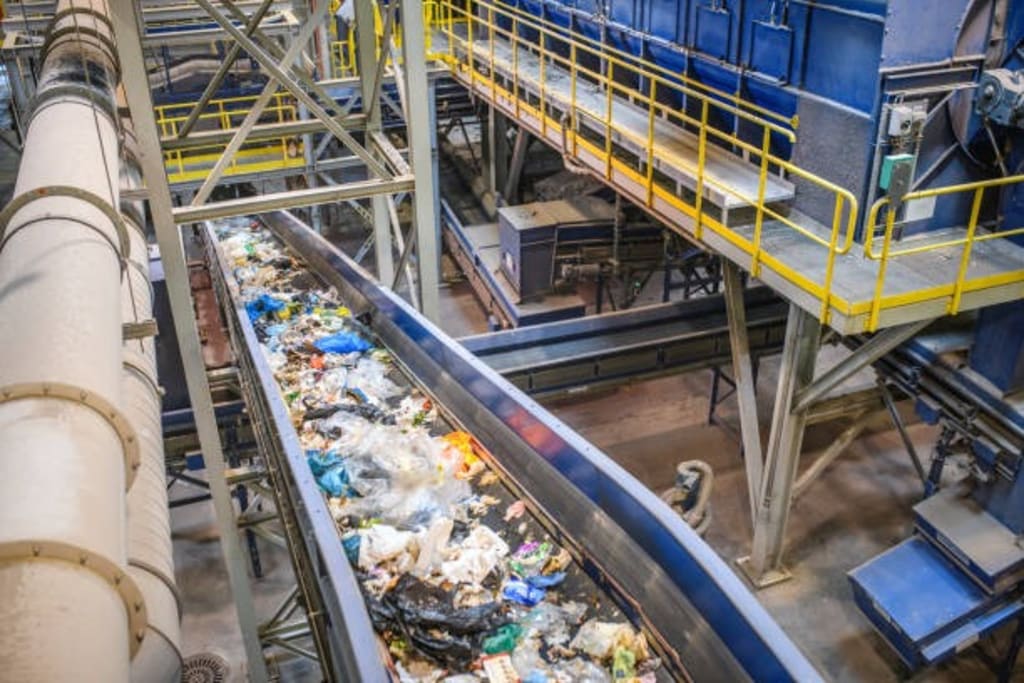Solid and Liquid Waste Management
Managing waste for a better world

Solid Waste Management:
Waste is basically an unwanted substance that has no use. We can classify waste into a number of groups like domestic waste, construction waste, nuclear waste, biomedical waste, agricultural waste, factory waste and food processing waste. Solid waste basically includes kitchen, household and vegetable waste. The sources of household wastes include market, school, colleges, street sweeping, hospitals, residential areas and cinemas.
Disposal of solid waste:
There are a number of methods for disposal of solid wastes. The most commonly used methods for disposal are:
We can dispose solid waste by burning the wastes into ash. This process is called incineration.
The solid waste could be dumped by placing the garbage in a hole.
We can dispose solid wastes by excavating trenchers in barren land and placing garbage in it.
We can dispose solid waste by grinding it into powder form.
In coastal areas the garbage is dumped into the sea in such deep place that there are no chances of coming waste back to shore.
The most hygienic method of waste disposal is to convert the garbage into manure by processing it in a compost plant.
Managing Solid waste:
The most efficient way of managing the solid waste is to recycle the waste in usable forms. Recycling helps in making earning out of the waste. It helps to save the cost that is spend on waste disposal. It helps to alleviate the environment. Recycling is very useful as we can save about 50% energy If we manufacture paper from waste.
However, recycling is not an absolute solution for managing the waste as some technologies of recycling are not safe. Sometimes recycling becomes economically unfavorable process. So the solution to this problem is to reuse the waste as a raw material for an alternative process. We should replace the output that results in more waste production. We should evolve a such closed system in which energy and matter could circulate.
Waste Management Concept:
It basically includes the strategy of 3R. reduce, reuse and recycle. Reduce basically includes reduce the use of such material which are a threat for environment. Reuse means instead of using new things reuse the one already present. Instead of throwing a plastic bottle reuse it to decorate your house. Recycle means the use of such substance that can be used again and again.
Landfills:
One of the most effective way of dumping pollution is sanitary landfill. In this method a hole is dug in the land in which waste is dumped in layer form and is compacted to make it solid. The safe dumping of waste is made possible by number of designs including bottom liner, cells, storm water drainage, methane collection system, leachate collection system, groundwater monitoring system, cover etc. For meeting the specific requirement standard a number of operations are performed in sanitary landfills. These operations include limited to a smaller area, covering with soil layers, compacted to reduce the volume.
Solid waste management is an extremely important topic and I’m highly obliged to the management for including this topic as it helps us in number of ways to improve our environment.
Waste Water Treatment:
Waste water treatment basically refers to the treatment of waste water produced as a result of various industrial processes so that it may not have any hazardous impacts on environment. There are many types of waste water treatment.
Some important types are:
Primary treatment: it involves the purification of waste water by removing the organic matter and suspended solid. It involves a number of processes like sedimentation, flocculation and coagulation. Preliminary Treatment: It involves the removal of sticks, grease, rags, grit that may cause interference in the treatment processes.
Advanced primary treatment: It includes the removal of organic and solid materials by using some chemicals or filtration. These processes are known as flocculation and coagulation.
Secondary Treatment: It involves the removal of suspended solids and biodegradable organic matter. In secondary treatment we use the process of disinfection. It may also include the removal of various nutrients. It consists of following processes:
1. Trickling Filter
2. Activated Sludge Process
3. Oxidation Lagoons
The applications of secondary treatment include:
1. Sludge processing system
2. Bio-solid processing system
3. Aeration System
4. Biological Treatment System
Tertiary treatment: It includes the removal of residues left after secondary treatment by using micro screens or granular medium filtration. It may also include removal of nutrients. The process involved in tertiary treatment are:
1. Chemical treatment
2. Physical treatment
3. Reverse Osmosis System
4. Ion Exchange
5. Membrane Filtration
6. Dechlorination
About the Creator
senya abdulrehman
"Creating magic with words, one page at a time"






Comments
There are no comments for this story
Be the first to respond and start the conversation.